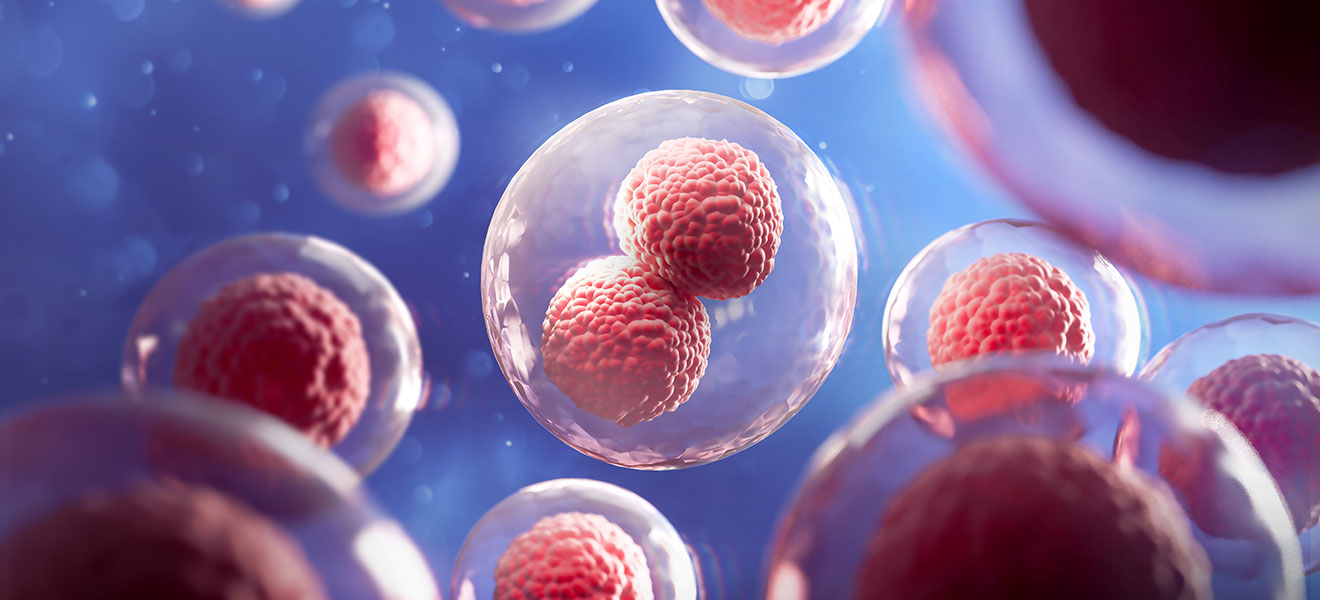Biofilms – properties, occurrence and hazards
Biofilms are microbial communities that form on damp surfaces and can cause both technical and health problems.
1. What are biofilms?
Biofilms are complex accumulations of microorganisms that can form on almost any moist surface. These microorganisms – including bacteria, fungi, algae and protozoa – are embedded in a slimy matrix of polysaccharides, proteins and nucleic acids that they produce themselves. This matrix protects the community from external influences and enables efficient coexistence.
Unlike microbes floating freely in water, biofilm inhabitants live in a stable community characterised by symbiotic relationships. The different species support each other through nutrient exchange, protective mechanisms and communication. These complex systems can be very resistant to environmental stressors and are therefore difficult to eliminate in many technical and natural environments.
2. Conditions for biofilm growth
The formation of biofilms requires the presence of moist surfaces and favourable environmental conditions. Particularly in piping systems, water tanks or damp machine rooms, ideal conditions are created by constant contact with water, moderate temperatures and sufficient nutrients.
In addition, biofilms benefit from a wide range of surface materials on which they can settle – from metals and plastics to concrete and glass. The ability of biofilms to attach themselves to a wide variety of materials and to develop further through cell division and spread makes them a permanent problem in water-carrying systems.
The slimy matrix in which the microorganisms are embedded protects them not only from mechanical abrasion but also from chemical influences such as disinfectants or fluctuating pH values. As a result, biofilms are often resistant to conventional cleaning measures.
3. Corrosion caused by biofilms
Biofilms can contribute significantly to the corrosion of materials – a phenomenon known as microbiologically induced corrosion (MIC). Certain types of bacteria, particularly sulphate-reducing bacteria, produce metabolic products such as hydrogen sulphide, which attack and damage metallic surfaces.
The damage caused by MIC leads to material loss, malfunctions and can significantly shorten the service life of technical equipment. This results in high maintenance and repair costs, especially in water and energy supply. Older biofilms often have a multi-layered structure in which living microorganisms are active on the surface, while deeper layers consist of dead biomass.
In addition, biofilms are often the starting point for the colonisation of further microbial communities, which together form a so-called ‘biofilm complex’, which further intensifies the corrosion processes and makes them more difficult to control.
4. Health risks posed by biofilms
Biofilms can be a dangerous source of pathogens as they provide a habitat and protection for pathogenic microorganisms. For example, Legionella bacteria can survive and multiply within biofilms in water pipes. Particularly problematic is the fact that some germs can hide in single-celled organisms such as amoebas, where they are protected from disinfection measures and can multiply unhindered.
As soon as these host cells burst, large quantities of pathogens are released, which increase the risk of infection for humans via aerosols or contact. In hospitals, public buildings and industrial facilities with water circuits in particular, it is therefore extremely important to monitor and specifically combat biofilms in order to minimise health risks.
5. Extremely resistant life forms
Microorganisms in biofilms are often exposed to extreme environmental conditions and have adapted accordingly. They can tolerate temperature fluctuations from below -12 °C to above 110 °C, survive in highly acidic or alkaline environments (pH values from 0 to above 13) and are resistant to high hydrostatic pressures and high salt concentrations.
This remarkable adaptability explains why biofilms occur even in extreme environments – for example, in hot springs, radioactive environments or highly concentrated disinfectant pipes. They can also adhere to a wide variety of materials, from metals and plastics to plant and animal tissues.
6. Combating and controlling biofilms
Due to their resistance , biofilms pose a major challenge for water and plant engineering. Effective control often requires a combination of mechanical cleaning, chemical disinfection and preventive measures to prevent new formation.
It is crucial to identify the specific microorganisms in the biofilm in order to be able to target them effectively. Only with this knowledge can suitable disinfectants be selected and the optimal cleaning intervals planned.
In the long term, technical innovations such as biofilm-resistant materials or special filter and monitoring systems also help to minimise the formation of biofilms, thereby reducing both corrosion damage and health risks.
 DE
DE  EN
EN 
